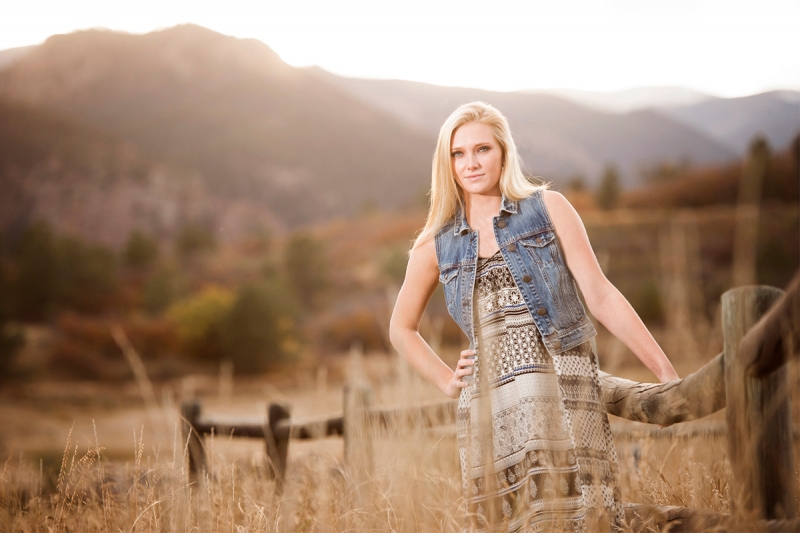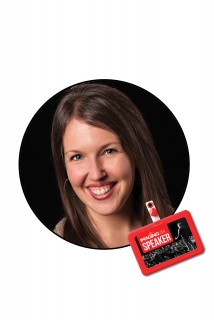9 tips for growing a debt-free photo business
Manage your business finances carefully is how you make your photography business dreams come true
• September 2017 issue
“Photographers are good at dreaming, but making those dreams become a reality is the hard part,” says Lindsay Betz, studio manager for Jonathan Betz Photography in Colorado Springs, Colorado. “Watching your budget, avoiding debt, and managing money well—that’s how you make the dream a reality.”
In 2006, Betz and her husband, Jonathan, the namesake photographer of the business, moved from St. Louis to Colorado Springs to pursue their dream of living near the mountains and opening a family business. Jonathan had been photographing in St. Louis for a few years, but the move to Colorado signaled a giant leap into full-time professional practice, all cards on the table.

From the beginning, the Betzs dedicated themselves to running a debt-free studio, building the business step by step, and managing their money in a way that has afforded them tremendous freedom as the business has grown. “The beauty of being debt free is that it impacts so much more than just where your money is going,” says Betz. “Many photographers make a really nice living but have nothing to show for it. That’s because their money doesn’t have an assignment, and they don’t know where it goes. Living intentionally is the key. We all need to understand what each dollar is for, what its job is. This is the difference between surviving and thriving.”
Betz, who will be sharing insights on budgeting and debt-free business management at Imaging USA in January 2018 in Nashville, Tennessee, challenges photographers, especially those who are transitioning into full-time practice: “Are you going to take this journey with debt or without debt?”
She urges fledgling entrepreneurs to reconsider their assumptions. “I would argue that photography does not require debt,” she says. “You can grow into your business and take on more as your cash flow allows. That allows you to build a much more solid foundation for your business.”
To accomplish this, Betz lays out a series of actions to help photographers set goals, live intentionally, and manage their money with a purpose.
- Make a business plan. Start with your long-term goal, and then understand the incremental steps needed to get there. It’s important to know how to achieve slow but steady growth because building a business will not be an overnight process. Some photographers will need to spend two to three years to create a sustainable business. Others will require more time. “When we moved from St. Louis to Colorado Springs, we had a vision of where we were going, but that’s certainly not where we started,” recalls Betz. “We started by operating out of an apartment and doing all the sessions on location. Clients didn’t need to know that. While we built the business and saved money, we shopped for a home with a lower-level space for meeting with clients and conducting sales sessions. That was phase two of the business, which we reached about nine months after the move. We still use that space in our home. The next phase is to find some land and have an outbuilding for a studio, but we’re building up to it slowly.”
- Start small. Photography is a career that allows you to start as small as you want. As long as you have another way to support your family, you can scale up your photo business at a pace that makes sense for you.
- Prepare to sacrifice. You will need to make difficult choices. That might mean working two jobs, earning income from side jobs, spending time building your business in the off hours. It might mean giving up certain luxuries. “We didn’t see the inside of a restaurant for years,” says Betz. “That was part of the sacrifice to achieve our ultimate goal of building the business. The central lesson is, Don’t sacrifice your real goal for something temporary.”
 © Jonathan Betz Photography
© Jonathan Betz Photography - Know when to make the leap. “You don’t want to jump off the pier when the boat is 8 nautical miles away,” says Betz. “Wait until the boat is close to the pier before you jump in.” When you’re transitioning from another career into professional photography, it’s a calculated risk. A good standard to aim for is growing the photography business so that you can pay yourself 50 percent of your day-job salary for six consecutive months. Once you have that stable income, you can reasonably assume you can make up the additional 50 percent by dedicating yourself full time to the photography business.
- Spend less than you make. This is a central principle. To do it, you need to know your income and your expenses, and manage them accordingly. Myth: When you are living debt free, you can’t have any fun. Not true. On the contrary, it’s more fun to treat yourself when you know you’re not spending money you don’t have. “The idea here is to live intentionally and understand the why behind each expenditure,” explains Betz. “When every expense has a reason behind it and is budgeted responsibly, life is much less stressful.”
 © Jonathan Betz Photography
© Jonathan Betz Photography - Start with the end in mind. Think of the big picture when setting up your business and establishing your pricing. So many photographers price themselves such that it will be impossible to achieve their financial goals. Consider who your target client is and the kind of ideal client experience you want to provide. Then establish a pricing structure that helps you appeal to that client and build that experience.
- Consider work-life balance. Is photography a part-time or full-time job for you? Are you going to be the only one in the business, or are you hiring staff? If it’s just you, are there enough hours in the day to accomplish everything you need to do? Be realistic. There’s no sense in pursuing the dream of professional photography if it’s going to be a nightmare of endless work that damages your personal life.
- Recognize needs vs. wants. When it comes to equipment, what is the minimum you need to run your business? There are two questions you should always ask yourself about new equipment purchases: Is my craft or artistry limited without this piece of equipment? and, Is this new piece of equipment going to make me more money? If you can’t answer yes to one of those questions, then you shouldn’t buy it. Focus on the things you must do to do your job. Then come up with a realistic budget to get that equipment. “We took a year and a half to acquire the things we’d need for the business before we made the big move to Colorado Springs,” says Betz.
- Envision the big picture. Have a vision for where you want the business to be. When you have a concrete idea of the big picture, then all the smaller business decisions fall into place. Working this way allows you to tackle the process little by little, in manageable chunks. “Success in this business doesn’t happen all at once,” says Betz, “but if you get all the little things right, piece by piece, it’s not so overwhelming. Then, eventually, you’ll get the bigger picture right.”
Jeff Kent is editor-at-large of Professional Photographer.
Tags: business operations


